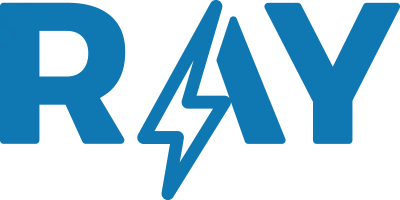Banner – ¿Qué es un banner?
Un banner es un formato de publicidad digital muy utilizado en internet, el cual suele ubicarse en las páginas web para conseguir dar visibilidad a su contenido.
Los banners se componen de diferentes elementos: texto, imágenes y otros archivos multimedia, que se combinan en él para conseguir llamar la atención del usuario con el objetivo de que haga clic y visite el enlace hacia el que apunta.
Hoy en día es uno de los formatos más utilizados en el marketing digital, ya que es uno de los que mejores resultados dan a corto plazo.
Para qué sirven los banners
El objetivo final de los banners es dar promoción y visibilidad a su contenido, por esto, normalmente es utilizado para las siguientes funciones:
-
Promocionar un producto o servicio: pueden utilizarse para promocionar productos o servicios concretos de la web de destino, llevando el tráfico directamente hacia una página de compra o que dé más información sobre el producto o servicio que se quiere promocionar, lo que ayuda a acortar el funnel de ventas.
-
Promocionar una marca: también se pueden usar para promocionar una marca o una empresa, llevando ese tráfico hacia su sitio web o a los perfiles en redes sociales, lo que ayuda a ganar notoriedad en el mercado y genera una mayor sensación de confianza en los clientes potenciales.
-
Monetización: los banners también pueden ser utilizados para la monetización, canalizando el tráfico hacia la venta de productos o servicios de terceros que aporten comisión, lo que aumenta su tráfico y las posibilidades de conseguir ventas o visitas que generen ingresos a través de programas de partnership u otros métodos de monetización.
Cómo hacer un banner
A continuación, veremos algunos consejos para saber cómo crear un banner efectivo y que cumpla correctamente con su función:
-
Tipo y tamaño del banner: existen muchas formas y tamaños para los banners. Es necesario saber en qué lugar de la página web queremos ubicar el banner y escoger la forma y el tamaño que mejor encaje con el lugar donde se quiere poner. De lo contrario, podría alterar la estructura de la web y dificultar la navegación a los usuarios. En caso de hacer publicidad de Google mediante banners, ellos mismos te indican los formatos correctos.
-
Colores del banner: es recomendable elegir una gama de colores que corresponda con los colores corporativos de la marca o la empresa, ya que esto hace más fácil a los usuarios identificar visualmente a la marca, lo que genera una mayor notoriedad y confianza.
-
Contenido: el contenido de un banner debe de ser sencillo y claro, que sea de fácil interpretación, reconocimiento y lectura para los usuarios y que capte su atención desde el primer momento del impacto.
-
Enlace: es muy importante que el banner contenga un enlace que apunte hacia una página de venta o que contenga más información sobre lo que se quiere promocionar. De lo contrario, los usuarios no podrán acceder con facilidad al contenido y se perderá gran parte de su eficacia.
-
Adaptabilidad: otro factor muy importante es la adaptabilidad del banner a las pantallas de los distintos dispositivos con los que navegan los usuarios. Es recomendable usar diseños responsive, que se adapten automáticamente a la ventana del navegador, evitando así que el banner se pierda o que la página pierda la estructura al acceder en dispositivos móviles.
